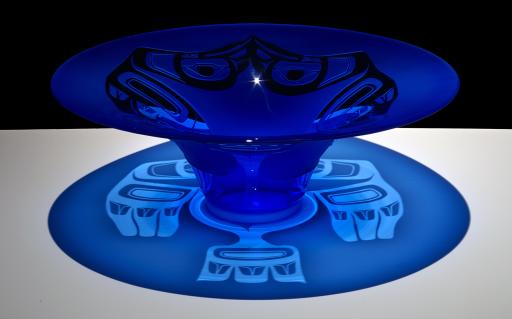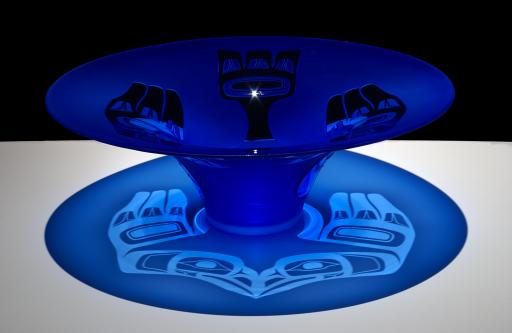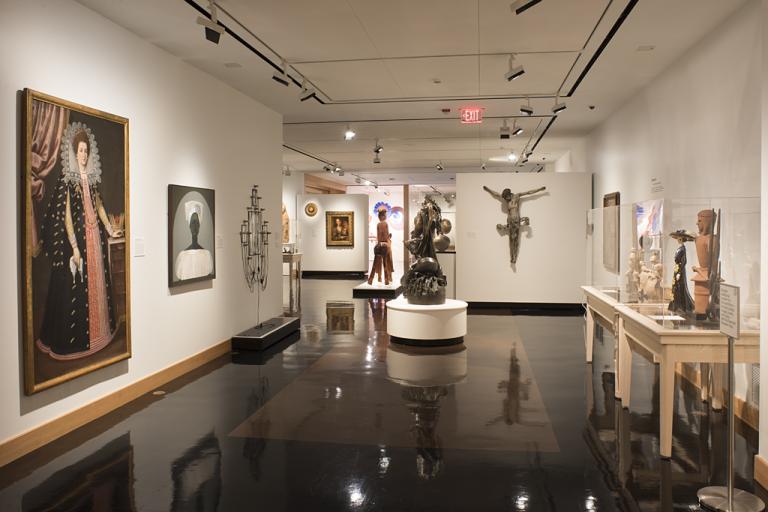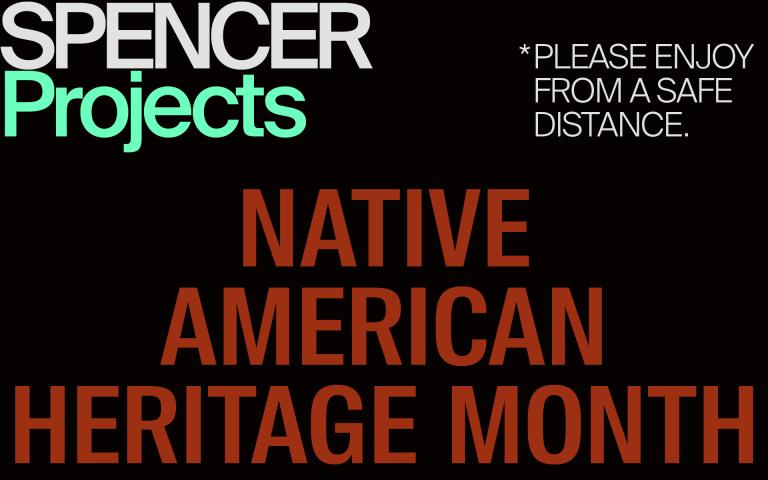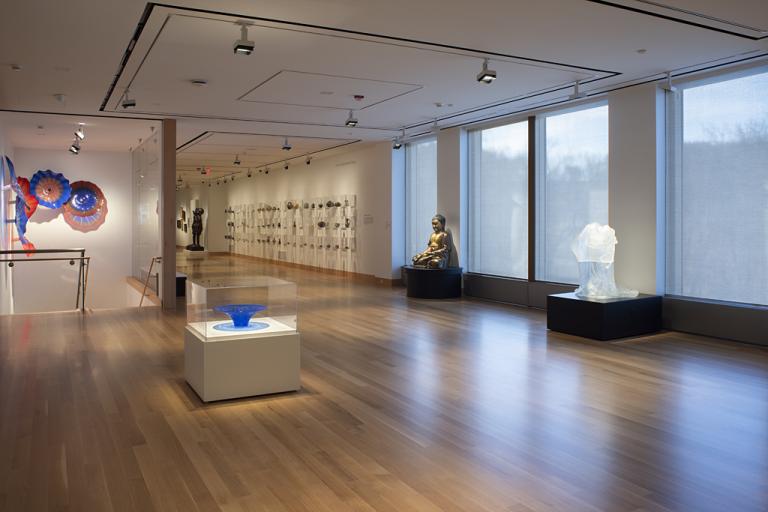Eagle Hat, Preston Singletary
Artwork Overview
Eagle Hat,
2003
Where object was made: United States
Material/technique: blown glass; sandblasting
Dimensions:
Object Height/Diameter (Height x Diameter): 17.14 x 48.26 cm
Object Height/Diameter (Height x Diameter): 6 3/4 x 19 in
Object Height/Diameter (Height x Diameter): 17.14 x 48.26 cm
Object Height/Diameter (Height x Diameter): 6 3/4 x 19 in
Credit line: Museum purchase: Friends of the Art Museum
Accession number: 2003.0075
On display: Stewart Gallery
If you wish to reproduce this image, please submit an image request
